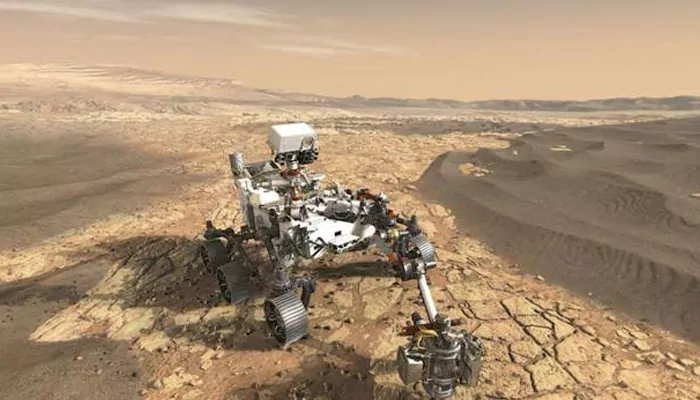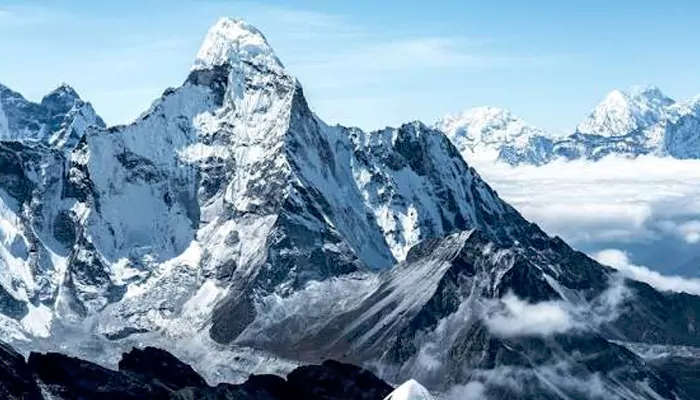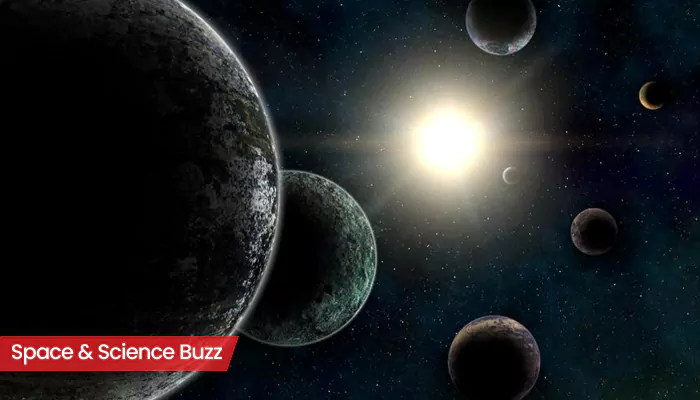Here are today’s most important updates from the realm of Science and Space.
Alien Planet Count Hits 6,000; NASA’s Big Exoplanet Milestone
NASA recently confirmed that the total number of known exoplanets, alien planets orbiting stars beyond our Solar System, has reached an impressive milestone of 6,000. This reflects decades of cosmic exploration led by Nasa space telescopes and the global scientific community. The official count is managed by the Nasa Exoplanet Science Institute (NExScI) at Caltech’s IPAC in Pasadena, California. Since the first exoplanet around a Sun-like star was discovered in 1995, NASA has played a leading role in uncovering a remarkable diversity of worlds. Currently, over 8,000 additional planet candidates await confirmation, illustrating the vast potential for more discoveries.
Scientists Reveal: Earth’s Crust Carries Fingerprints of Galactic Visitors

New research finds a direct link between Earth’s crust formation and visitors in the form of deep space meteorite impacts influenced by the Milky Way’s structure. Chemical analysis of ancient zircon crystals aligns crustal changes with the Solar System’s journey through galactic spiral arms. The study ushers in a new era for astro-geological science, connecting astronomy and geology. Contrary to previous beliefs that internal processes solely shaped the crust, the research demonstrates that meteorite impacts, occurring as the Solar System passed through the Milky Way’s spiral arms, played a crucial role. Scientists suggest that these galactic-scale events may have influenced the development of continents and conditions necessary for life, marking a major advancement in astro-geology.
Perseverance Strikes Again - Fresh Proof Mars Could Once Host Life

New research using NASA's Perseverance rover has uncovered strong evidence that Mars' Jezero Crater experienced multiple episodes of fluid activity, each with conditions that could have supported life. By analyzing high-resolution geochemical data from the rover, scientists have identified two dozen types of minerals, the building blocks of rocks, that help reveal a dynamic history of volcanic rocks that were altered during interactions with liquid water on Mars. The findings provide important clues for the search for ancient life and help guide Perseverance's ongoing sampling campaign. In Jezero, the 24 mineral species reveal the volcanic nature of Mars' surface and its interactions with water over time. The water chemically weathers the rocks and creates salts or clay minerals, and the specific minerals that form depend on environmental conditions. The identified minerals in Jezero reveal three types of fluid interactions, each with different implications for habitability.
Glaciers Melting, Rivers Drying: Call Grows for Himalayan Safeguards

Environmentalists, scientists, and activists have voiced serious concerns over the impact of ongoing development in the Himalayan region. At a recent meeting at the Doon Library and Research Centre, stakeholders highlighted the urgent need for a development strategy reflecting the unique ecological and social requirements of the Himalayas. Participants emphasised that plains-based models are unsuited to the region's fragile environment and called for a tailored 'Himalaya Policy.’ A key issue raised was the ecological damage from road expansion projects on the Yamunotri and Gangotri national highways. The felling of deodar and other tree species, if unchecked, could destabilise local ecosystems and worsen landslide risks. Waste management was underscored as crucial, with recommendations that waste and untreated sewage not end up in the rivers.


